Wanderlist
Ancient Texas Towns
Centuries ago, people gathered
in the state’s earliest communities.
When you visit older Texas towns, the historical district’s brick streets and venerable buildings can evoke a sense of timelessness. Your imagination can easily conjure up folks in period garments strolling the sidewalks, desperate soldiers on galloping horses, wagons rattling into town for supplies — town life as it might have been experienced in bygone times. For these truly old towns, their early days were long, long ago when the only Texans were native tribes and Spanish explorers.
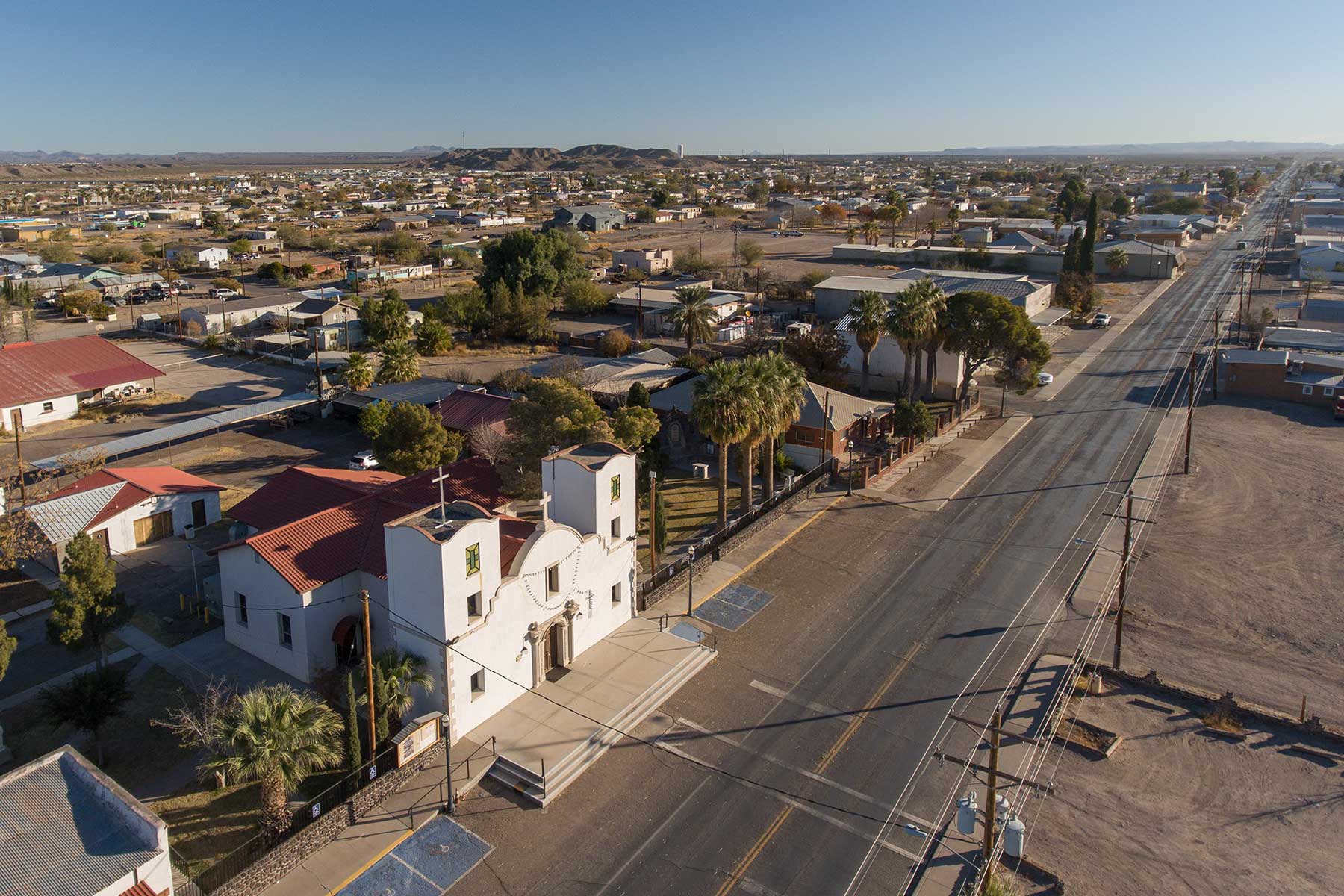
Earl Nottingham | TPWD
Presidio
The Presidio area contains some of the oldest continuously cultivated land in the nation, as Native Americans settled there to raise crops 3,000 years ago. By the 1680s, this western town was called La Junta de los Rios for its location near the junction of the Rio Grande and the Rio Conchos. In 1830, the name changed to Presidio del Norte. The first post office was established in 1868; the railroad came in 1930. Presidio finally incorporated in 1981.
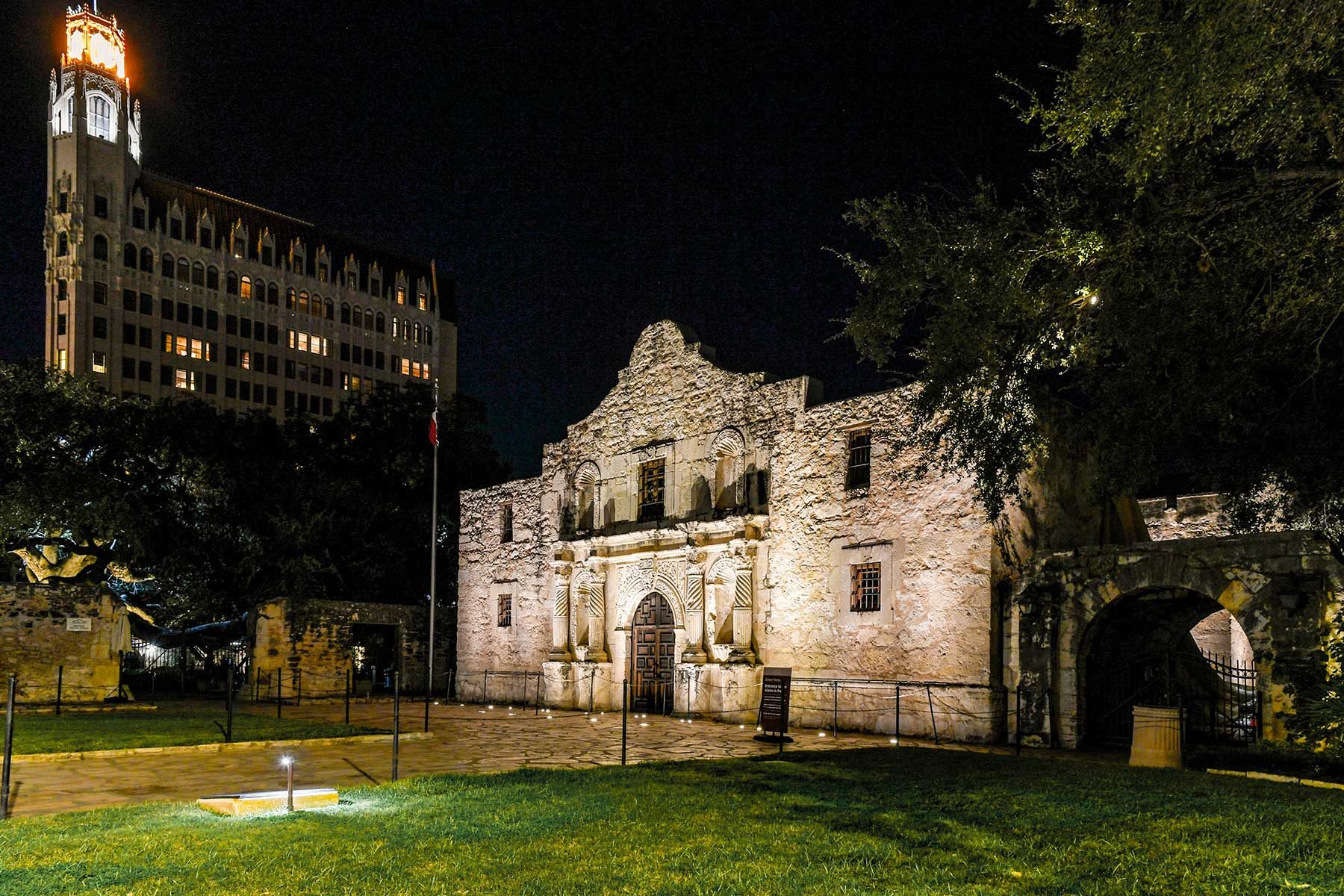
Chase Fountain | TPWD
San Antonio
One of Texas’ largest cities was founded in 1718 when a mission and presidio were built at San Pedro Springs. Spanish expeditions explored the area beginning in 1691. San Antonio de Valero, now known as the Alamo, was the first of five missions built along the San Antonio River and is the state’s most popular tourist destination. The 1836 battle against Mexico took the lives of every Texan fighter there.
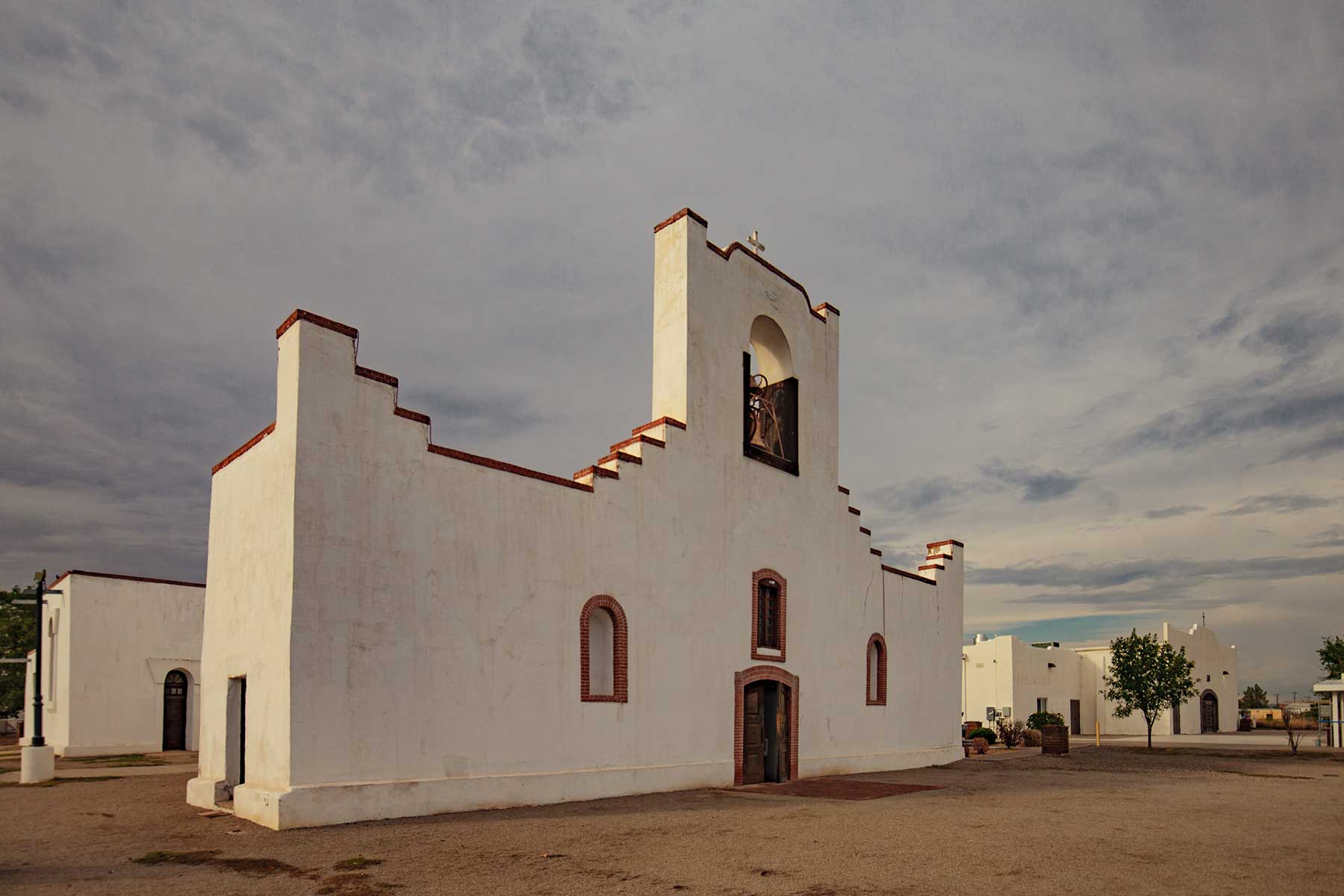
Sonja Sommerfeld | TPWD
Socorro
This small town, southeast of El Paso, began in 1680 when Governor Antonio de Otermín and Father Francisco de Ayeta led Spanish and Piro refugees to El Paso. The town eventually became part of Texas in 1848. Today, it’s known as the home of the whitewashed adobe of Socorro Mission, rebuilt twice after the Rio Grande flooded in 1744 and 1829.
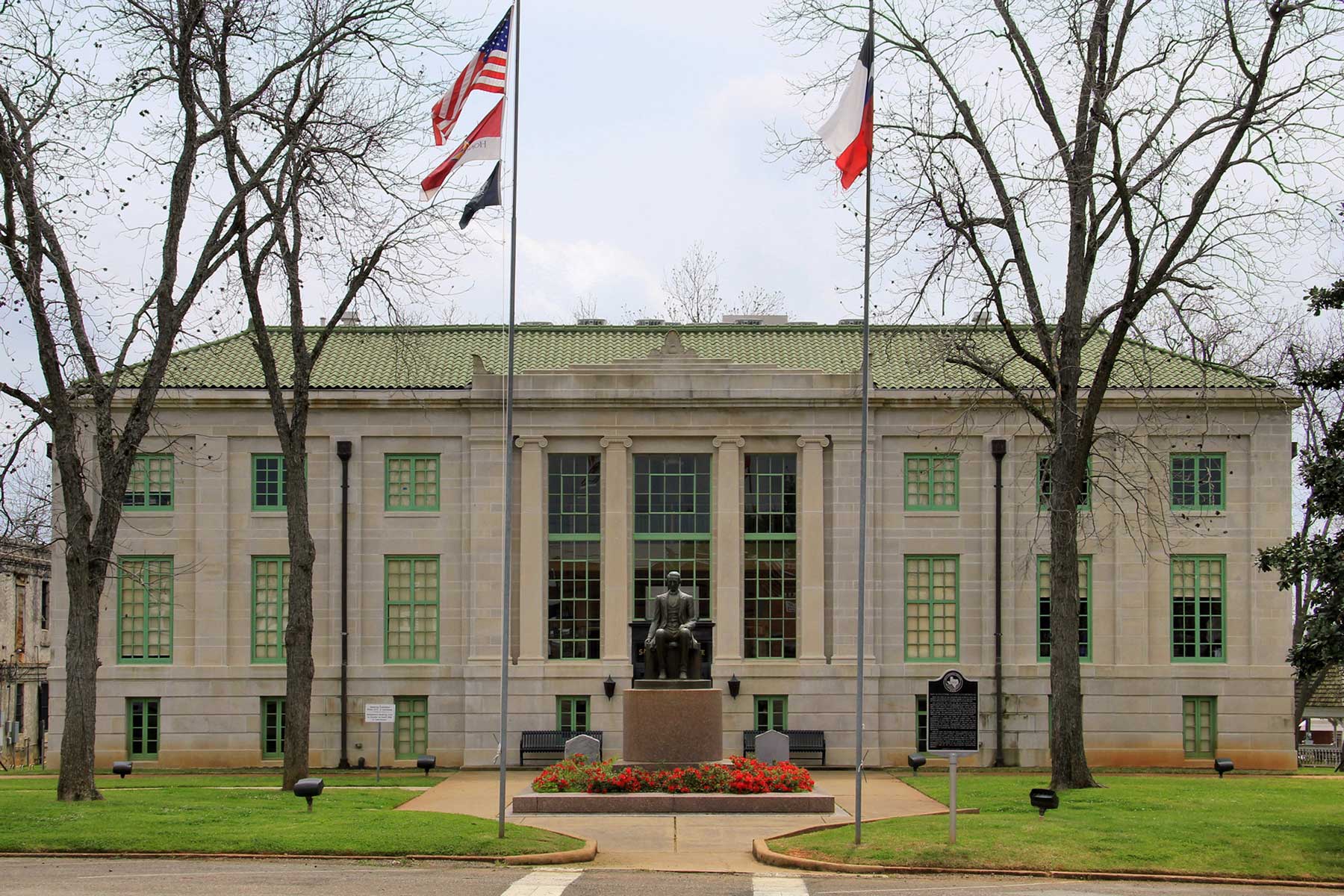
Larry D. Hodge
San Augustine
Thirty-two miles east of Nacogdoches, San Augustine was first inhabited by the Ais (Aies, Ayish) tribe of the Hasinai. Europeans first appeared in the early 1540s, but permanent European settlement didn’t happen until after 1779. The Nuestra Señora de los Dolores de los Ais Mission was established in 1717, abandoned two years later and then re-established in 1721. Today, it is known as the Mission Dolores State Historic Site.

Sonja Sommerfeld | TPWD
Nacogdoches
A Caddo tribe called the Nacogdoche built lodges and mounds near today’s Nacogdoches around 1250. In the early 1700s, French expeditions explored the area, and the Spanish founded Nuestra Señora de Guadalupe de los Nacogdoches and five other missions in 1716. In 1779, Antonio Gil Y’Barbo led settlers to the abandoned mission site, establishing the future town of Nacogdoches.
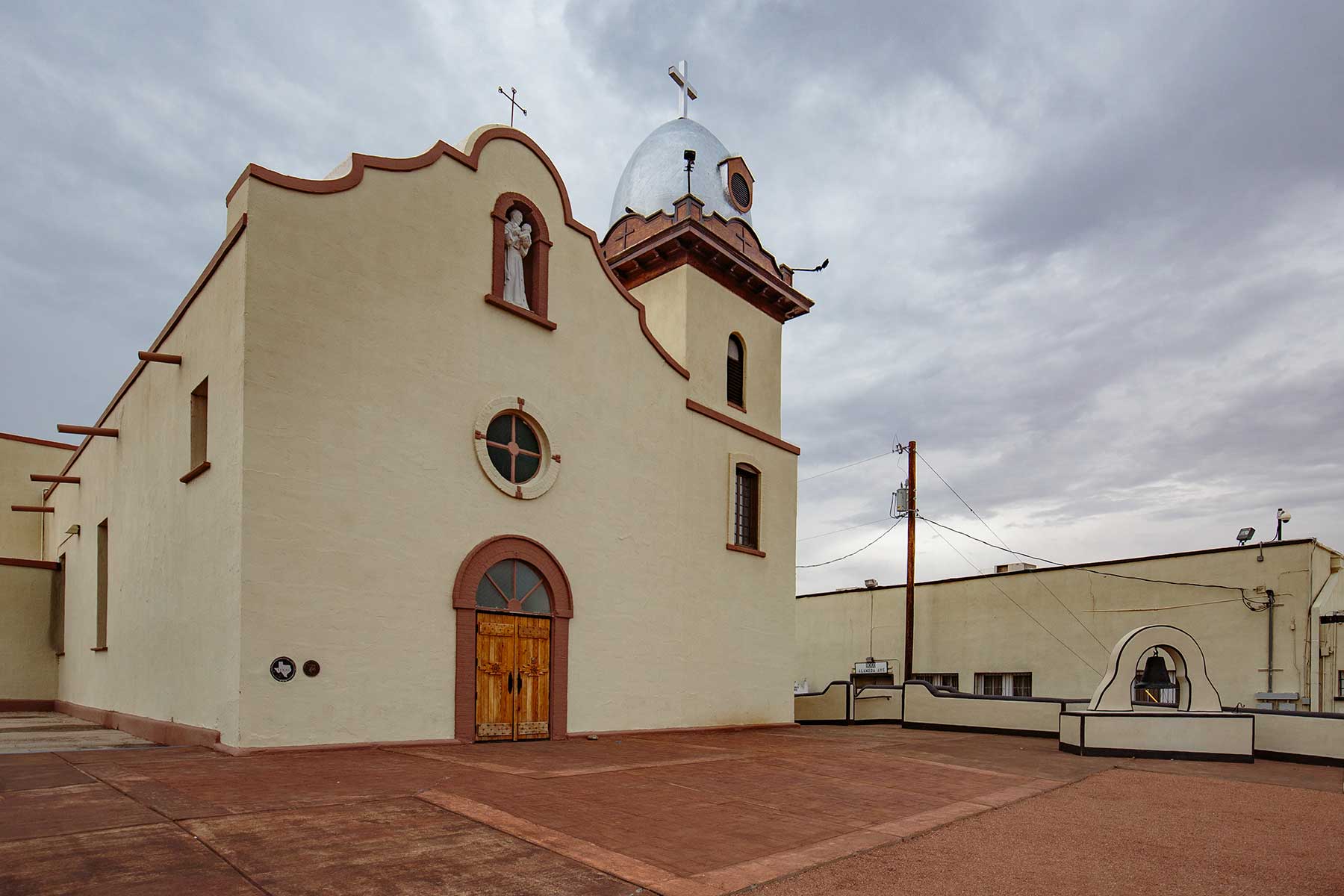
Sonja Sommerfeld | TPWD
Ysleta
Although Ysleta is now a community within El Paso, it used to be a town — one of the oldest European settlements in Texas. Ysleta was founded in 1681 by Spanish and Native American refugees fleeing from the Pueblo Revolt in New Mexico. The Tigua tribe has occupied the area ever since; they were officially recognized by Texas in 1967 and the U.S. Congress in 1968. In 1955, El Paso annexed Ysleta.

